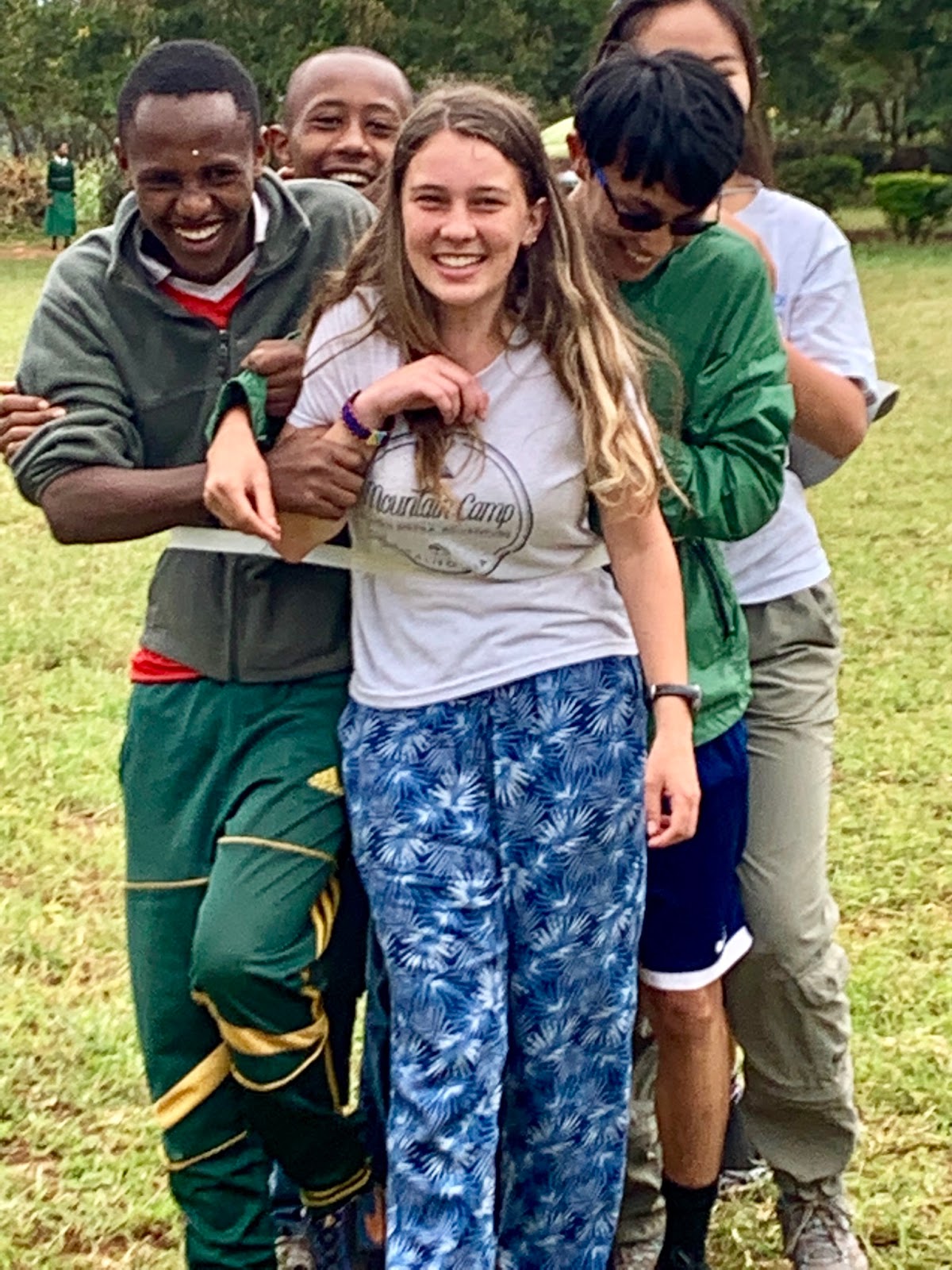School districts are recommitting to international field trips and other travel activities as administrators get a better handle on managing risk.
However, equity remains an issue as public districts struggle to find the funds to send economically disadvantaged students abroad.
“The future of these programs is finding ways to integrate global travel with classroom learning,” says Ross Wehner, founder of the World Leadership School, which works with public districts and private schools to organize trips to less developed countries, such as Costa Rica and Tanzania.
The main goal behind international field trips is, of course, teaching students to communicate with people from diverse backgrounds and cultures. Districts with established programs and those just beginning to plan international travel can follow a number of strategies to align instruction while also ensuring students’ safety overseas.
1. Where to start the planning
Some districts, such as Charlotte-Mecklenburg Schools in North Carolina, allow teachers to propose trips.
To help teachers come up with ideas, district leaders can form sister-school relationships with administrators overseas. Partnerships with NGOs (nongovernmental organizations) and local businesses can help with funding and other logistics.
Administrators can also consider appointing a global education coordinator to serve as the hub for all plans and proposals.
2. How to create classroom connections
When dreaming up trips, teachers should ask themselves what they want students to get out of the experience, and what might be missing from the curriculum that students could only learn by going abroad, says Jennifer Klein, author of The Global Education Guidebook.
Read more: South Dakota students enjoy virtual road trips
“They should ask ‘What do I want to make more real and human for my students,’” Klein says. “That’s a really great starting point.”
Klein offers some free resources with her book to help educators design trips and set learning goals.
Educators should align lessons before, during and after students travel. For example, include reading novels and other books about the culture or performing science experiments on the trip.
It’s also particularly important to give students time afterward to reflect on their experiences.
Some schools even send teachers on site visits so they can begin forming relationships and developing ideas for activities before students travel.
“This is the kind of work that helps kids connect across differences on a very human level,” Klein says. “A lot of what students study in school feels and remains abstract until they actually meet people who are experiencing those things.”
3. Staying aware of world events
Educators planning student travel should follow world events to watch for places where students would be at risk. Districts can monitor travel advisories on the U.S. State Department’s website, which ranks countries on a scale of “exercise normal precautions” to “do not travel.”

For instance, the agency informs travelers of the risk of terrorism in Europe, but as of July 2019, recommends that no Americans visit Afghanistan, North Korea or Sudan, among other countries, because of threats such as kidnapping, armed conflict and government detention.
Before trips, teachers often hold orientation sessions with parents and students that provide information about items such as travel itinerary, passport requirements and costs. Some districts cover costs, while others rely on fundraising and other sources.
4. Answering the equity question
Some systems, such as District of Columbia Public Schools, have made it a priority to send economically disadvantaged students on international field trips. The district’s educators fund the trips through grants and other partnerships.
Read more: Diversity drives demand for global lessons
To avoid the intractable cost of overseas airfare, some administrators plan domestic trips. For example, schools have taken trips to El Paso, Texas, to examine immigration issues by talking to people on the border and even watching immigration cases play out in court.
The World Leadership School has organized trips to Northampton County, Virginia, which sits on Chesapeake Bay and is one of the poorest counties in the state. It’s only a two- to four-hour drive from Washington, D.C., and Philadelphia.
“These kinds travel programs don’t need to be hugely expensive, but we need to be very creative to solve the equity problem,” says World Leadership School’s Wehner.
Read the full original story: Travel alerts for K-12.







